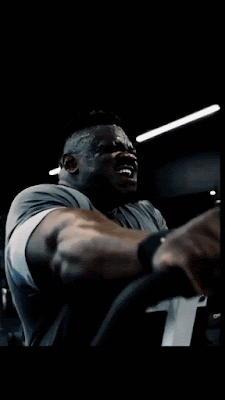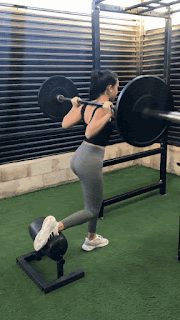Achieve Sculpted Abs: 4 Best Workouts for a Flat Stomach
A flat and toned stomach is a fitness goal for many, but achieving it requires targeted exercises that engage the abdominal muscles effectively. In this article, we'll explore four of the best workouts specifically designed to help you sculpt and define your abs. Whether you're a beginner or a seasoned fitness enthusiast, incorporating these exercises into your routine can help you achieve the flat stomach you desire.
1. Plank Variations:
Planks are one of the most effective exercises for strengthening the core and building abdominal endurance. To perform a basic plank, start in a push-up position with your hands directly under your shoulders and your body forming a straight line from head to heels. Hold this position for as long as possible while keeping your core engaged and avoiding sagging or arching in the lower back. For variation, try side planks, plank jacks, or plank rotations to target different areas of the core.
2. Bicycle Crunches:
Bicycle crunches are a dynamic exercise that engages both the upper and lower abs, as well as the obliques. To perform bicycle crunches, lie on your back with your hands behind your head and your legs lifted in a tabletop position. Alternate bringing your right elbow towards your left knee while extending your right leg, then switch sides in a pedaling motion. Focus on twisting through the torso and contracting the abdominals with each repetition.
3. Russian Twists:
Russian twists are an effective exercise for targeting the obliques and improving rotational strength. To perform Russian twists, sit on the floor with your knees bent and feet lifted off the ground. Lean back slightly to engage the core, then twist your torso to the right, bringing your hands or a weight towards the floor next to your hip. Return to the center and twist to the left, repeating the motion in a controlled manner.
4. Leg Raises:
Leg raises are a challenging exercise that targets the lower abs and hip flexors. To perform leg raises, lie on your back with your hands under your glutes for support. Lift your legs off the ground while keeping them straight and together, then slowly lower them back down towards the floor without allowing them to touch. Focus on engaging the core and maintaining control throughout the movement to maximize effectiveness.
Incorporating these four workouts into your fitness routine can help you achieve a flat stomach and sculpted abs. Remember to perform each exercise with proper form and technique to avoid injury and maximize results. Consistency is key, so aim to include these exercises in your workouts regularly and pair them with a balanced diet and overall healthy lifestyle for optimal results.
keywords related to flat abs, core workouts, abdominal exercises, and sculpting the stomach
.gif)


.gif)


